

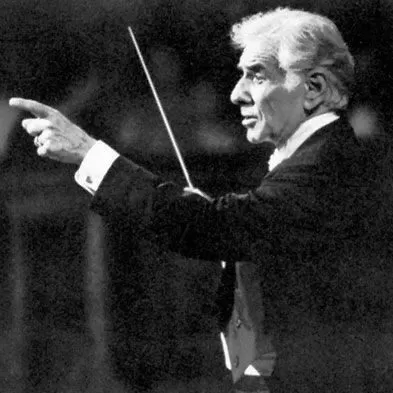
Leonard Bernstein, born on August 25, 1918, in Lawrence, Massachusetts, was an American conductor, composer, and pianist known for his achievements in classical and popular music. His dynamic conducting style and pedagogic flair, especially in youth concerts, set him apart.
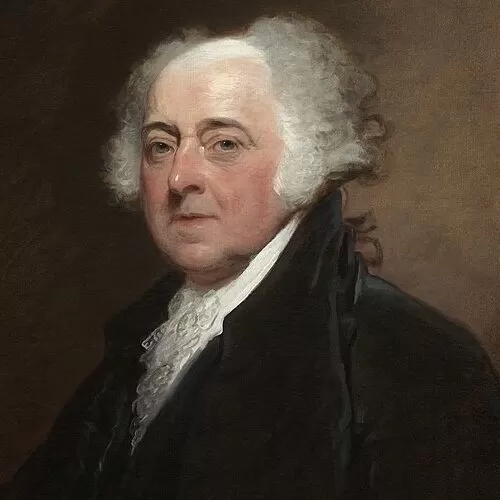
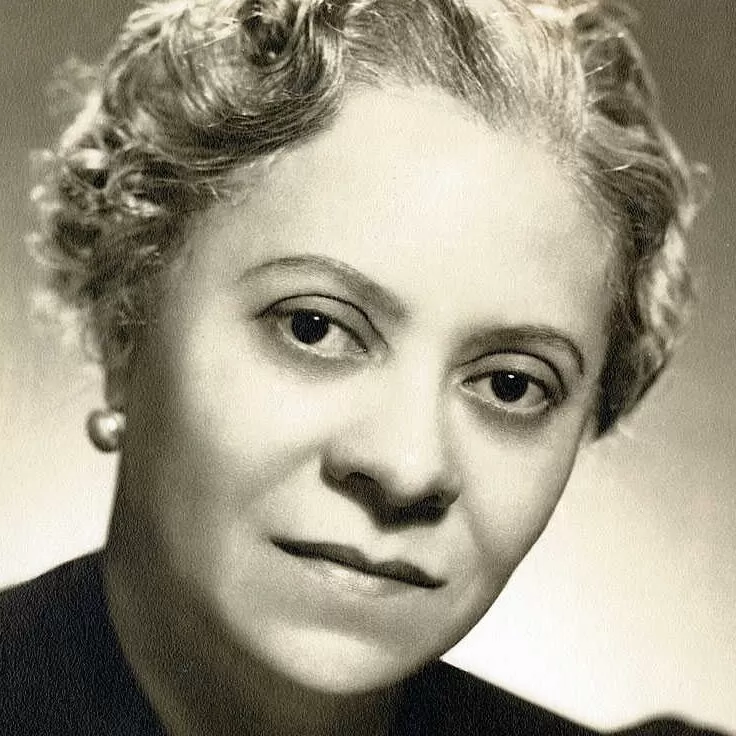
Florence Price (1887–1953) was a groundbreaking African American female composer, credited as the first to have a symphonic composition performed by a major U.S. orchestra. The Chicago Symphony Orchestra showcased her Symphony in E Minor on June 15, 1933, marking a historic milestone for Black women in classical music.
Born in Little Rock in 1887, Price excelled academically, graduating as valedictorian in 1902. Despite racial barriers, she enrolled at the New England Conservatory of Music in 1903. Returning to Arkansas after graduation, she faced discrimination but taught music and composed. In 1927, escalating racial tensions led her to relocate to Chicago, where she flourished professionally despite personal challenges.
Her Symphony in E Minor premiered in 1933, making her the first Black woman to present her work on such a prominent stage. Price's compositions, blending European classical elements with Black spirituals, garnered national and international acclaim. Notably, her spiritual arrangement was performed by contralto Marian Anderson at the Lincoln Memorial in 1939.
Price composed over 300 works, showcasing her versatility from small piano pieces to large-scale symphonies. She died in 1953, leaving a profound legacy. Rediscovered manuscripts in 2009 revived interest in her work. Awards and recognition posthumously celebrated her contributions, with festivals and recordings preserving her musical heritage.
Explore an enchanting audio snippet showcasing the brilliance of Florence Price's composition.
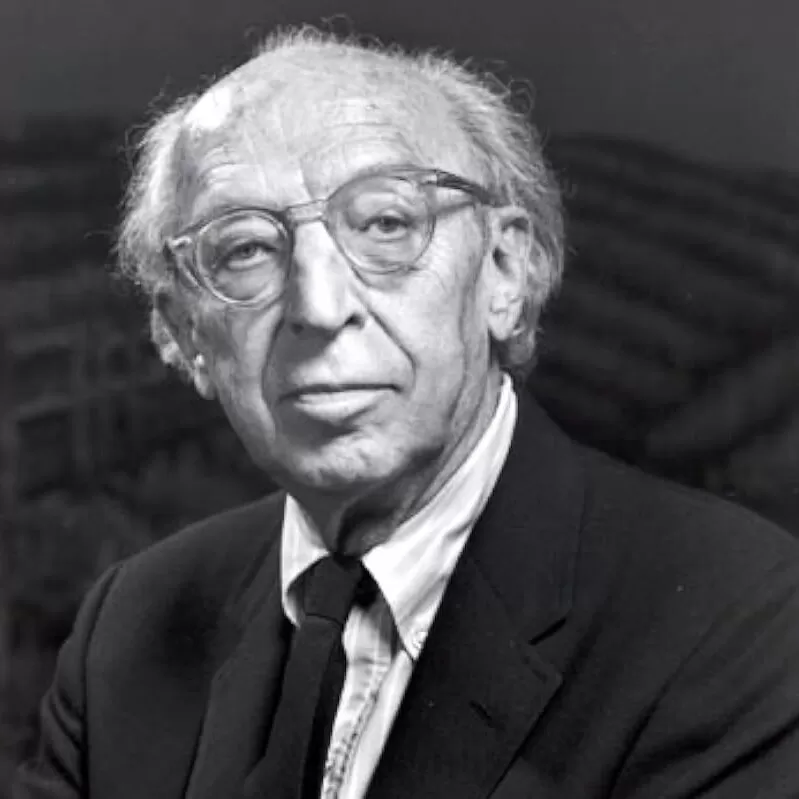
Journey to Musical Prominence:
A Pioneering Composer:
Later Years and Legacy:
Explore an enchanting audio snippet showcasing the brilliance of Aaron Copland's composition.
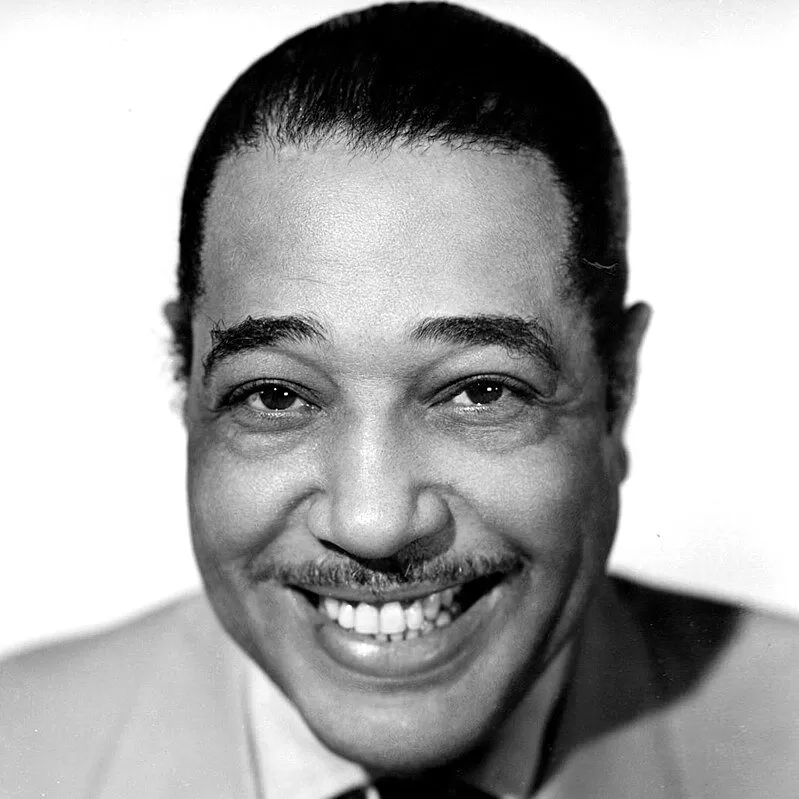
Duke Ellington, born in 1899 in Washington, D.C., was a pioneering American pianist, jazz composer, and bandleader, widely regarded as the greatest of his time. Raised in a supportive middle-class family, Ellington began piano studies at seven, later delving into professional performance at 17, inspired by ragtime artists.
In 1923, he debuted in New York City, evolving from a sextet to a 10-piece ensemble. His early "jungle style" was marked by unique blues melodies and distinctive sounds from trumpeter Bubber Miley and trombonist Joe Nanton. Extended residencies at the Cotton Club in the late '20s and early '30s spurred the expansion of his band to 14 musicians, showcasing talents like Cootie Williams and Johnny Hodges.
Ellington's ensemble, featuring expressive individuals, broke from traditional scoring, emphasizing harmonious blends and inventive instrument combinations. Notable works like "Mood Indigo" showcased his ability to illuminate subtle moods through musical ingenuity.
The 1930s and '40s marked a peak in Ellington's career, producing masterworks like "Concerto for Cootie," "Cotton Tail," and "Ko-Ko." His collaborations with Ben Webster and Jimmy Blanton, along with his composing partner Billy Strayhorn, solidified his legacy.
Beyond jazz, Ellington composed popular songs like "Sophisticated Lady" and delved into classical forms with suites like Black, Brown and Beige (1943) and Such Sweet Thunder (1957). His symphonic works, film scores, and contributions to civil rights-themed productions showcased his diverse talents.
Ellington's band toured globally, demonstrating his lasting influence. Despite changing musical landscapes, Ellington's stylistic qualities remained consistent. His regal demeanor and musical mastery continued to captivate audiences until his death in 1974, leaving an unparalleled legacy in jazz history.
Explore an enchanting audio snippet showcasing the brilliance of Duke Ellington's composition.
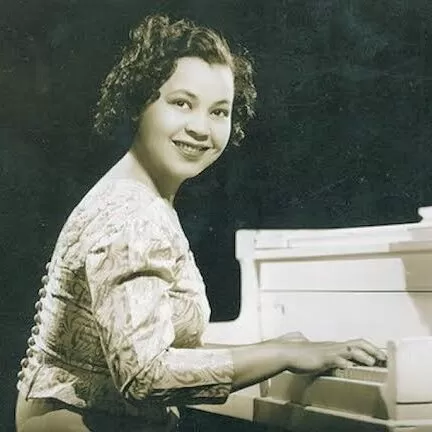
Early Life and Musical Beginnings
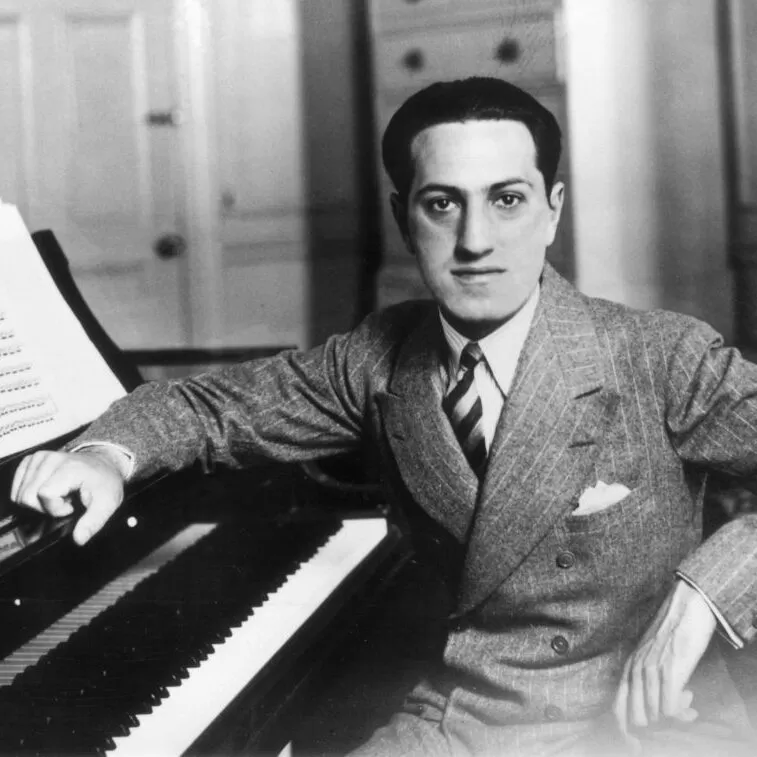
Early Career:
Notable Works:
Legacy and Hollywood:
Tragic End:
Explore an enchanting audio snippet showcasing the brilliance of George Gershwin's composition.
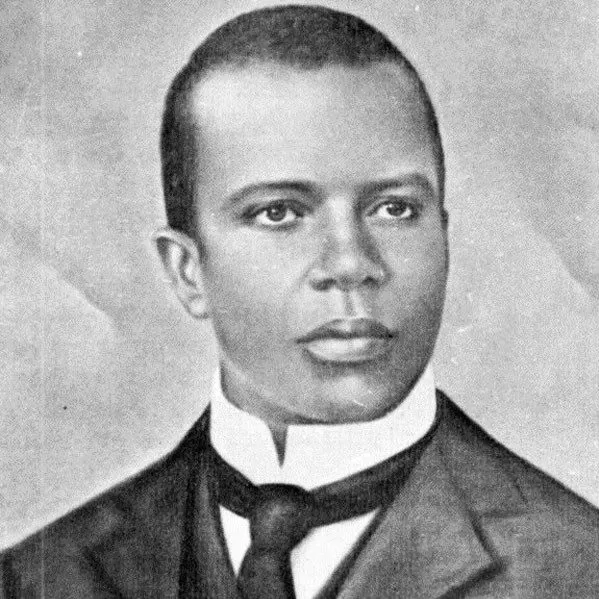
Born in the late 1860s on the Texas-Arkansas border, Scott Joplin, a child prodigy, embraced ragtime, becoming its foremost composer with hits like "The Entertainer" and "The Maple Leaf Rag." His musical family influenced his early education, with Joplin mastering various instruments.
Explore an enchanting audio snippet showcasing the brilliance of Scott Joplin's composition.
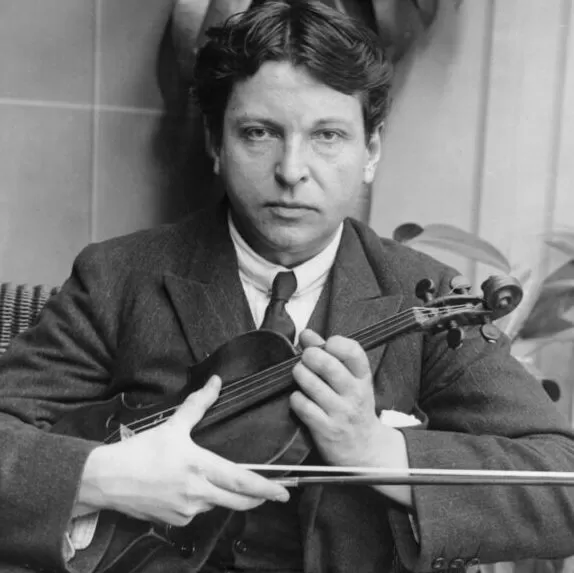
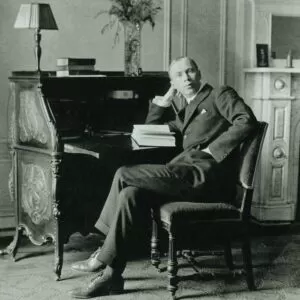
Explore an enchanting audio snippet showcasing the brilliance of Sergei Prokofiev 's composition.
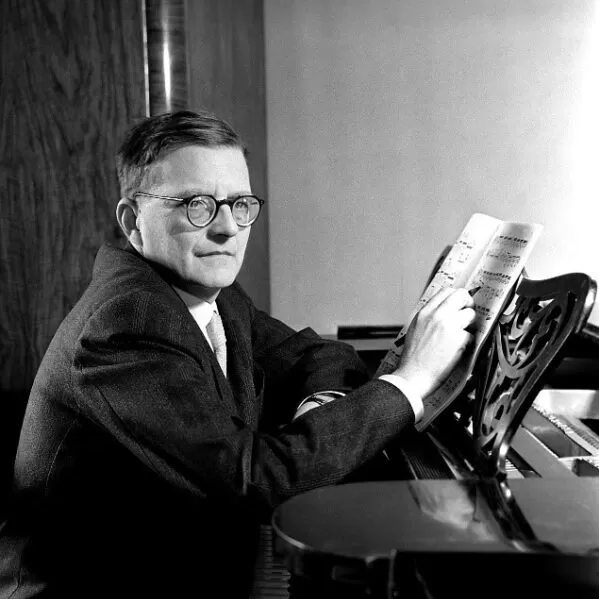
Dmitri Dmitrievich Shostakovich (1906–1975) navigated a complex relationship with the Soviet government, facing official denunciations in 1936 and 1948. Despite periodic bans on his work, he remained a popular Soviet composer, receiving accolades and serving in the Supreme Soviet. Shostakovich, influenced by Mahler, blended romanticism with atonality and occasional tone rows, creating emotionally powerful symphonies and string quartets. David Fanning noted his ability to forge a musical language amidst conflicting pressures.
In his lifetime, Shostakovich's artistry triumphed over political pressures, leaving a profound impact on 20th-century music.
Explore an enchanting audio snippet showcasing the brilliance of Dmitri Dmitrievich Shostakovich 's composition.
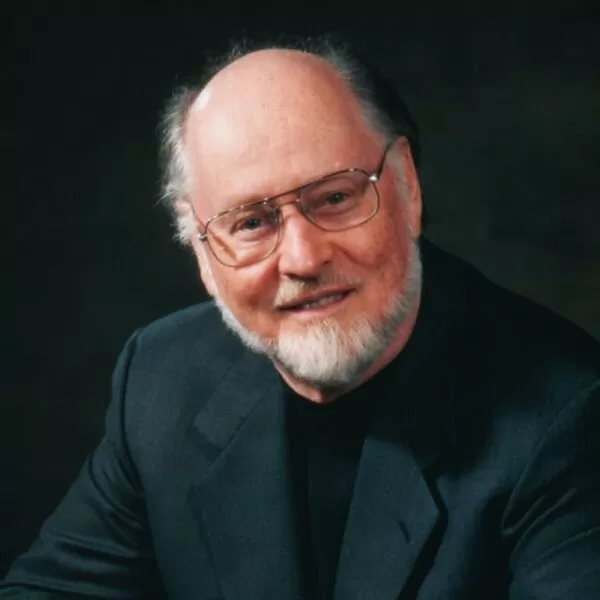
Film Scores: A Legacy of Brilliance
Conductor and Composer Extraordinaire
Beyond Film: A Diverse Artistic Canvas
In the realm of music, John Williams stands as a living legend, leaving an indelible mark on both cinema and the symphonic stage.
Explore an enchanting audio snippet showcasing the brilliance of John Williams 's composition.

Percussive Echoes:
Explore an enchanting audio snippet showcasing the brilliance of Joan Tower's composition.